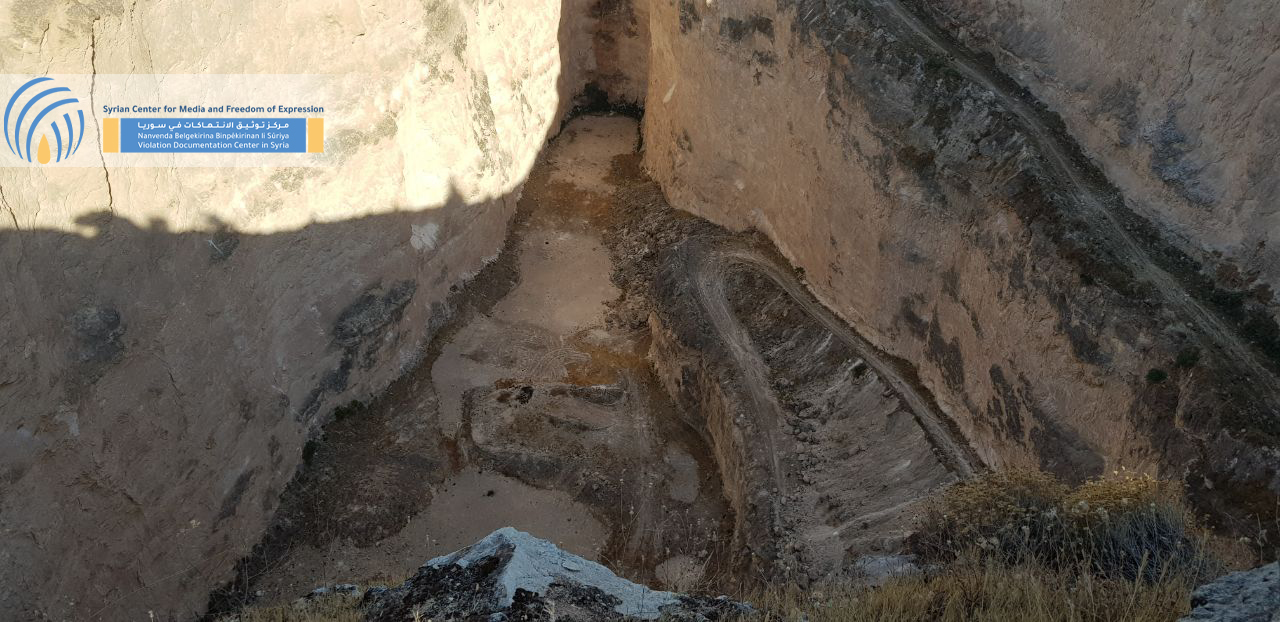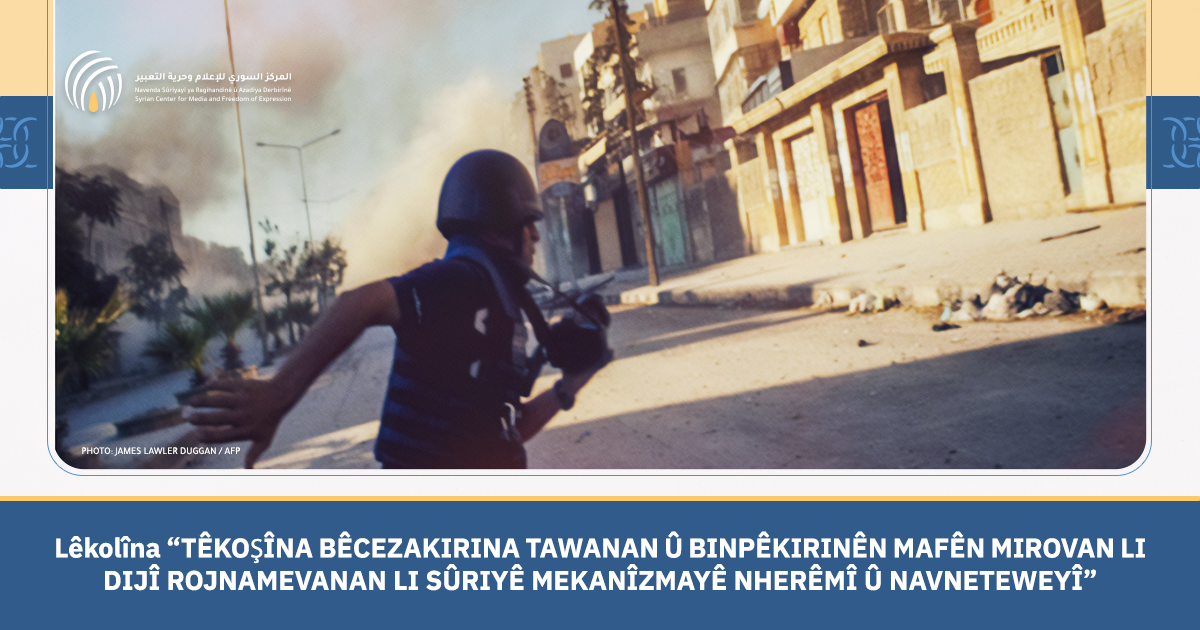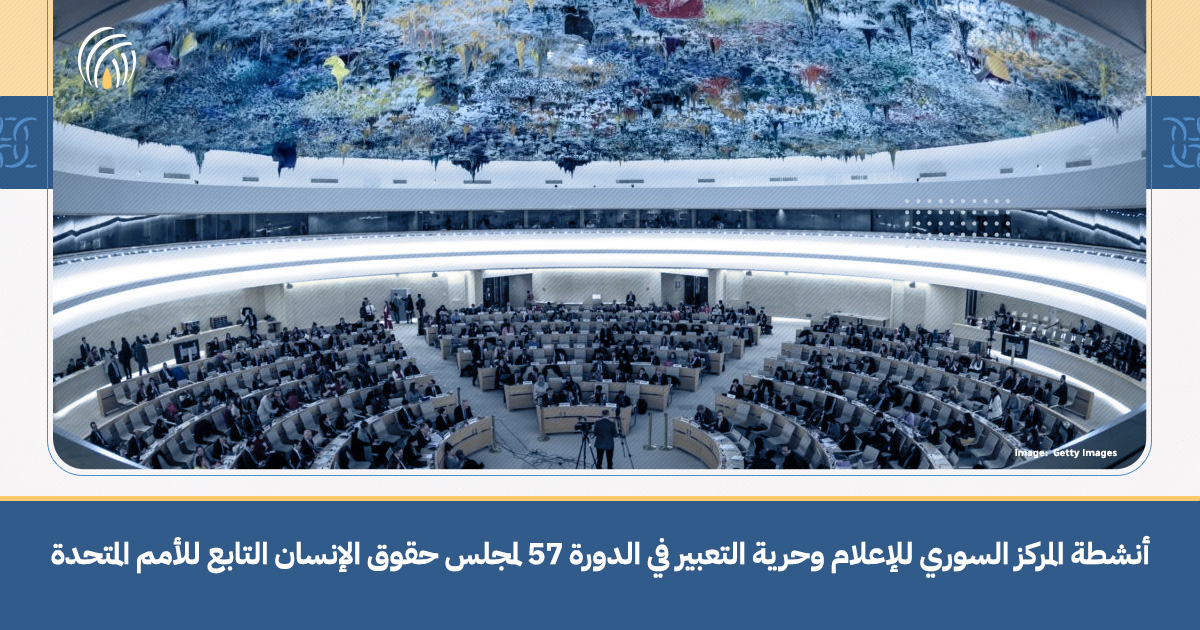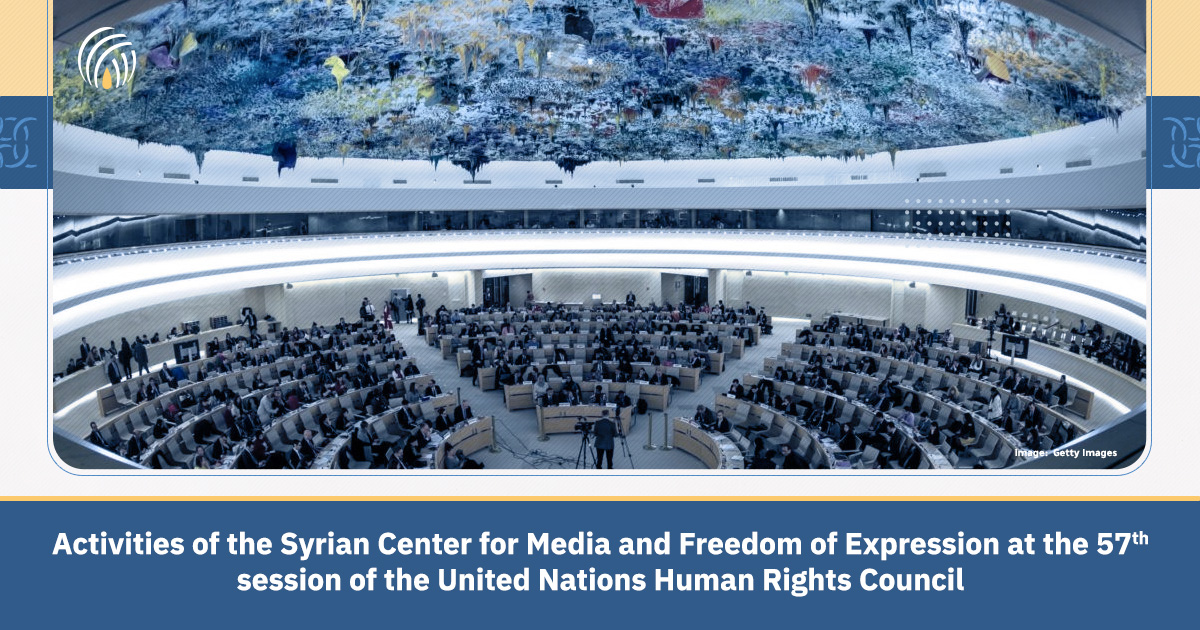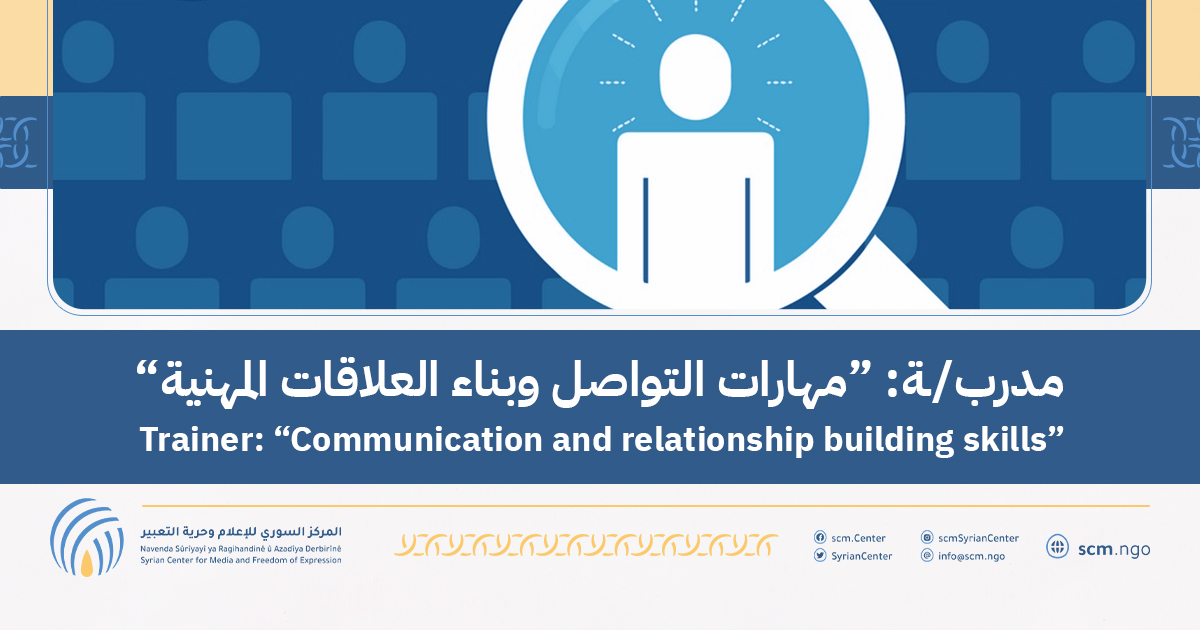The VDC report “The Mass Grave, Al-Ahm Hole: looking for my son, but afraid to find him” presents a sample of these complex and intertwined violations in a geographical area whose dimensions do not exceed tens of meters in Maaret Misrin district in Idlib governorate, northwest Syria. This area contains the remains of more than 150 victims who were possibly subjected to extrajudicial executions, arrests, enforced disappearances and torture. Those victims fell among the thousands of missing people during the conflict, which is marked by multiple and changing controlling forces, including the various factions of the “Free Syrian Army”, and extremist organizations such as Jabhat al-Nusra and others. This situation represents hundreds of similar areas in Syria, and indicates the complexity of the conflict, the identity of the actors and their structures, and their involvement in human rights violations, and the degradation of human dignity. The identities of some of the victims and their sectarian or political affiliation, which was a sufficient reason to execute them, provide a glimpse into the social repercussions of the conflict, which are considered the most dangerous for its deep and long-term impact. The excessive violence by the government against civilians, and the deterioration of national identity over decades also impacted the relations within society and the production of violence, its normalization and justifying it. This also resulted in deep social division that moved from the vertical phase on the two sides of the conflict to endless sub-divisions.
The report also sheds light on the missing people, enforced disappearance, extrajudicial executions, and mass graves like the al-Ahm hole. Even if it is not possible to know the identities of the bodies in it, knowing their number, the direct and indirect responsible party for them and how they got there is an essential step in dealing with the mass graves, as evidence that helps to understand them not as a reaction or immediate behaviour, but as a series of organized crimes and excessive violence that was accepted and reproduced many times. As well as evidence of conviction that cannot be tampered with, and does not lose its value with the passage of time. Stalin’s crimes and the mass graves carried during the Great Purge from 1937 to 1938 are being investigated and discovered until today. The graves of Russians who were killed in 1994 in Chechnya were discovered in 2008. The mass grave after the military coup and the Turkish invasion of Cyprus in 1974 is still being investigated to this day.
The report comes in line with SCM’s vision that the right to know the truth is a fundamental right for all Syrians and for future generations guaranteed by international covenants and charters, as a right for victims and survivors to know the circumstances of serious violations of their rights, the identity of those responsible, and the right of all members of society to know the truth that is part of the national memory that must be protected from tampering and from any kind of manipulation in the narrative of historical events. This ensures collective recognition of the occurrence of violations and informing survivors and subsequent generations of the events during which they suffered as a first step to reconciliation and transitional justice and one of the ways to turn the page on the past and reconcile with it without erasing it or trying to forget it. This is an inalienable right that cannot be waived and does not fall within the statute of limitations. It constitutes, along with other rights of victims of other human rights violations, a roadmap for the recovery of the entire society from its effects. We are talking here about the right to a remedy that effectively gives victims the ability to defend themselves against violations, the right to justice that involves prompt and effective treatment to stop human rights violations, an obligation to fight impunity and bring perpetrators to justice, and the right to reparation that guarantees compensation, rehabilitation, satisfaction, and guarantees of non-repetition. The right to know the truth obliges the state to investigate human rights violations and reveal the identity of the perpetrators and the fate of the victims, and resolves the struggle over control of national or collective memory that lies at the heart of accountability policies that follow post-conflict situations or the fall of power.
Finally, and within its general framework, the report falls within the human rights effort aimed at putting pressure on the parties to the conflict and their regional and international sponsors to stop the grave violations of international humanitarian law, to start holding the perpetrators accountable and to address the climate of impunity. Mass graves emerge as evidence in trials, truth commissions, compensation procedures, historical testimonies, and other mechanisms that the Syrians may agree on in the future, and which should be addressed with great caution so as not to be used as a pretext for normalization with the saying that all the missing in the war died and were buried in mass graves.
To read the full report:
